Milwaukee M18 RADIUS ONE-KEY 2147-20 Bruksanvisning
Milwaukee
ej kategoriserat
M18 RADIUS ONE-KEY 2147-20
Läs gratis den bruksanvisning för Milwaukee M18 RADIUS ONE-KEY 2147-20 (9 sidor) i kategorin ej kategoriserat. Guiden har ansetts hjälpsam av 8 personer och har ett genomsnittsbetyg på 4.2 stjärnor baserat på 4.5 recensioner. Har du en fråga om Milwaukee M18 RADIUS ONE-KEY 2147-20 eller vill du ställa frågor till andra användare av produkten? Ställ en fråga
Sida 1/9

Cat. No. / No de cat.
2147-20
M18
™
ADIUS
™
LED COMPACT SITE LIGHT WITH ONE-KEY
™
(TWIST LOCK)
LAMPE DE CHANTIER À DEL COMPACTE M18
™
AVEC ONE-KEY
™
ADIUS
™
(VERROU ROTATIF)
LUZ DE SITIO COMPACTA DE LED CON ONE-KEY
™
M18
™
ADIUS
™
(SEGURO DE GIRO)
OPERATOR'S MANUAL
MANUEL de L'UTILISATEUR
MANUAL del OPERADOR
WARNING To reduce the risk of injury, user must read and understand operator's manual.
AVERTISSEMENT An de réduire le risque de blessures, l'utilisateur doit lire et bien
comprendre le manuel.
ADVERTENCIA Para reducir el riesgo de lesiones, el usuario debe leer y entender el manual.
Produktspecifikationer
| Varumärke: | Milwaukee |
| Kategori: | ej kategoriserat |
| Modell: | M18 RADIUS ONE-KEY 2147-20 |
Behöver du hjälp?
Om du behöver hjälp med Milwaukee M18 RADIUS ONE-KEY 2147-20 ställ en fråga nedan och andra användare kommer att svara dig
ej kategoriserat Milwaukee Manualer
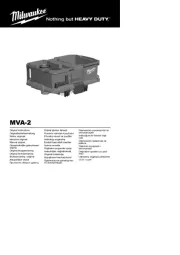
8 Oktober 2025
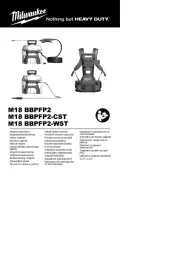
21 September 2025
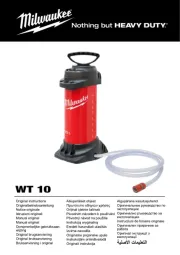
20 September 2025

20 September 2025
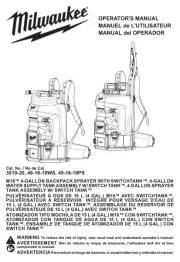
25 Augusti 2025
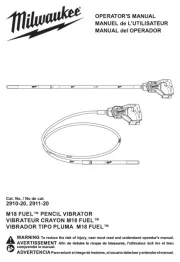
25 Augusti 2025
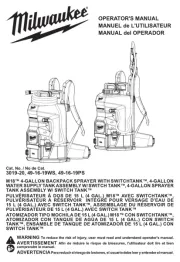
25 Augusti 2025
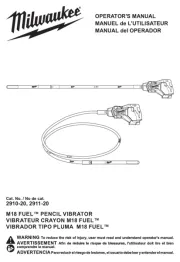
25 Augusti 2025

19 Augusti 2025

19 Augusti 2025
ej kategoriserat Manualer
- 1Mii
- MKC power
- Yato
- Sure Petcare
- Basetech
- Thermaco
- HammerSmith
- DAP Audio
- TVS
- Burg Wächter
- Kanto
- Helix
- EMSA
- TSC
- Point
Nyaste ej kategoriserat Manualer

23 Oktober 2025
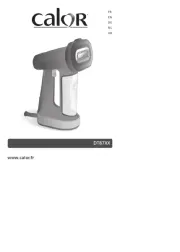
23 Oktober 2025
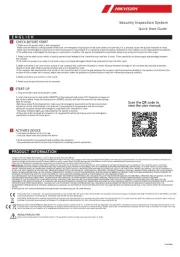
23 Oktober 2025
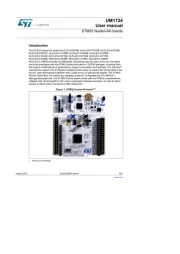
23 Oktober 2025
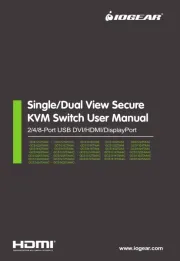
23 Oktober 2025
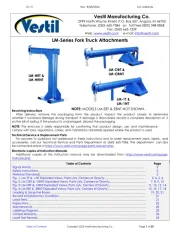
23 Oktober 2025
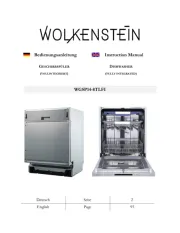
23 Oktober 2025
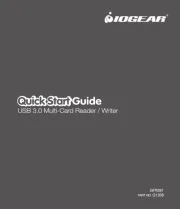
23 Oktober 2025
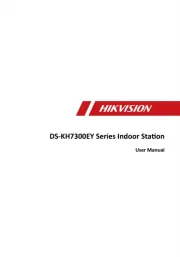
23 Oktober 2025
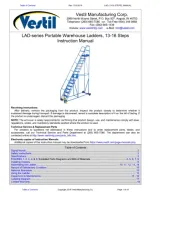
23 Oktober 2025